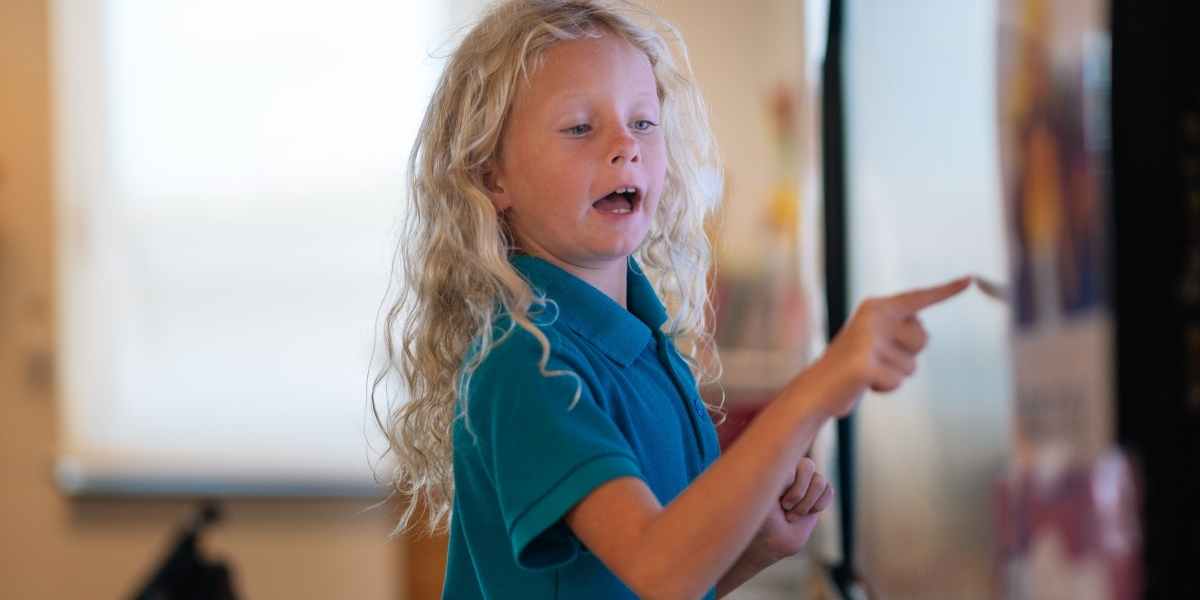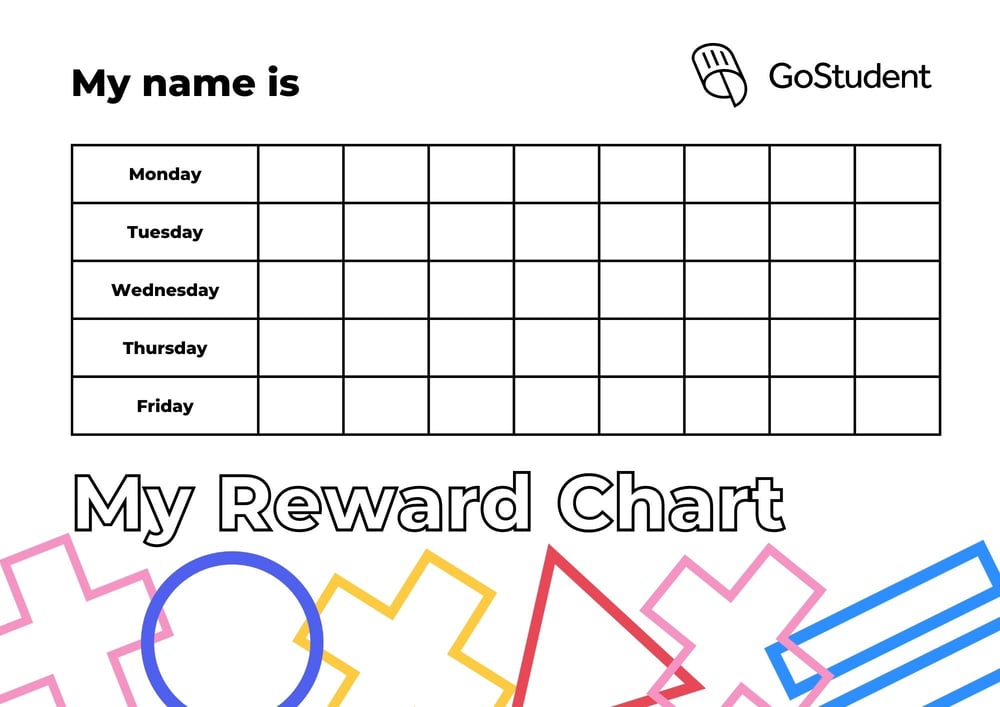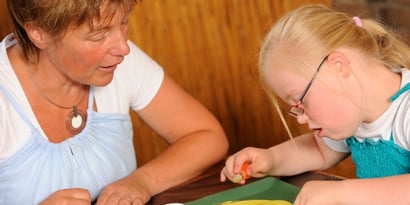Contents
- Why use a kid star chart?
- How to make reward charts meaningful
- When to start using a star chart
- Tips on using a children's behaviour chart
- Ideas for reward charts
- Where to find reward chart examples
Using a star chart is a great way to motivate your little one in a positive manner. All kids love praise and there is nothing they want more than to please you. Giving them a little visual cue like a star chart helps both of you keep track of progress. Plus, the rewards along the way are a great incentive to keep up the good work.
Why use a kid star chart?
Children respond better to praise than they do to punishment. By focusing on rewarding good behaviour, you can make a lot of progress in changing your child’s daily routine and behaviour.
A star chart is used alongside rewards to reinforce what you want to be done in a positive way. It can also act as a visual reminder of the tasks your kid needs to do.
You can download your very own GoStudent reward chart template by clicking the button below:
DOWNLOAD FREE PRINTABLE REWARD CHART
How to make reward charts meaningful
Make the experience of setting up a reward chart inclusive. Let your child know what you expect from them, run through each item and discuss and choose what the reward should be and when they will receive it.
While physical rewards are great, don’t forget to combine this with praise and affection. The start chart doesn’t replace the need for a hug and kind words telling your child how proud you are and what a good job they’re doing. When you verbally praise them, use enthusiastic words like “wonderful” and look them in the eyes as you’re telling them what they have done so well.
When to start using a star chart
Children’s development depends on the individual. However, as a guideline, reward charts work best for kids once they hit the two-year mark. You may be able to use one at 18 months of age though, or whenever your child understands the concept of reward.
Tips on using a children's behaviour chart
To give your child the best chance at success, here are some top tips about setting up a new star chart at home. 🌟
Setting up your star chart system
It’s best to include just one behaviour you want to be improved at one time. Once you and your child have conquered this then you can move on to another behaviour. Ask your child for some ideas of rewards and agree on one together so that your child is motivated to work for it.
Don’t include a negative points system e.g. take away stars or withhold a reward for something your child has earned to punish them for bad behaviour. This star chart is all about praise and positivity. Focus on the good things and remember that you can’t expect behaviour to change overnight.
Where to place your star chart
Place the star chart where your kid can see it and others who visit your home can too. It’s an excellent time to show off all your child’s good behaviour when a friend or grandparent pops over. All of this added praise goes a long way and will boost your child’s confidence even more.
Make sure that it’s low enough so your kid can add their own stars. A fridge is often a great place because you can tape the star chart on without worrying about marks. If it’s a star chart about a bedtime routine or room cleaning, then it would make sense to put it in their bedroom. If you are toilet training, then keep it in the bathroom for extra motivation.
When to hand out the rewards
When you hand out rewards will depend on age. As you know, younger kids have short attention spans and it’s important they connect the stars and rewards with good behaviour.
Children who are four and under should be rewarded immediately. Between the ages of four and eight, they should be rewarded within 1-2 days.
What you include on behaviour charts for toddlers vs bigger kids is going to be different too, so let’s take a look at some ideas.
Ideas for reward charts
We understand that every child is different and develops at their own pace. For that reason, the ideas below can often be used across different age groups. These are just common examples of what other parents like you have found to work at these ages.
You can use a star chart for any behaviour you want to change or improve so you aren’t limited to the suggestions listed below. Be creative, have fun in the process and watch your little angel blossom and shine with all the praise and rewards. ❤️
Rewards for toddlers chart
Most children start toilet training between the ages of 18 months and three years old. Remember to wait for the signs that your kid is ready before taking on this challenge because you’ll experience fewer accidents and this will make it a smoother journey for you and your baby.
When you’re ready to start potty training, make a star chart with the different actions your kid will need to perform: toilet/potty, flush, wipe, wash hands, dry hands. Write the words and have pictures of each action next to the words too. Only once your kid has dried their hands can they proudly add a star next to each action.
Remember, with toddlers you should really reward them instantly. Since they will be going to the potty quite often (compared to other behaviours) you’ll need to agree on a reward with them that isn’t a sugary treat.
Reward chart for 3 year olds
Getting your child to bed can be a challenge at any age. Make it fun with a star chart and you can reward them with an extra bedtime story.
To make your bedtime star chart, add all of the tasks you want to be completed before bed such as going to the toilet, brushing teeth, putting on pyjamas, and then going to bed on time. Add drawings or stickers with each action next to the task so it’s a visual reminder for your kid of what is expected of them.
Other reward chart ideas for 3 year olds include promoting sharing and kind behaviour.
Star chart for 4-year-olds
Another great star chart reward system is around tidying up. You can have your 4-year-old add a star every time that they clean or tidy their room or play area. You can give double stars for keeping it clean without you having to ask, nudging them in the right direction to make this good behaviour a habit.
Don’t worry if this doesn’t happen quickly and you’ll need to really incentivise them with a top reward that they prize.
Reward chart 5 year olds
Starting school is a great age to boost your kid’s independence and give them more responsibility. A popular reward chart for 5-year-olds is around the morning routine and getting out the door.
You can include any tasks that your kid is responsible for or has to complete before going to school. These can be getting dressed, making their bed, eating breakfast, clearing up breakfast, brushing their teeth, brushing their hair, packing their bag, and putting their shoes on.
Reward chart for 6 year olds
If you need to encourage your child to do their homework, practise reading, or get involved in more chores around the house, you can make them feel important and proud by using a grown up reward chart for 6 year olds.
Try creating a star chart with their favourite character on it or key elements from a show. We’ll tell you where to find reward chart templates and examples in a minute.
Reward chart for 7+ year olds
As your child grows up you will probably be hit with more resistance to the idea of star charts. This is especially true if you used them when they were younger or their younger siblings have a star chart.
As they start to become even more independent and feel more mature they may brand the idea as silly. Once this happens, the star char won’t work and you’ll need to find an alternative reward system.
You can implement plenty of different reward chart strategies, such as coupons for rewards (e.g. movie night) or even trading in points for cash. Marbles or beads in a jar instead of a chart are a nice alternative too.
There are reward-tracking apps these days which are often well regarded by this young discerning audience; the only problem is they’re not visible all the time as a reward chart on the wall is. But, you may find this is a better way to get them engaged.
Do what works for you and your kid but just keep the basic premise the same: praise and reward to modify behaviour or bring in new tasks or chores. 😇
Where to find reward chart examples
We are lucky enough to live in the golden age of technology where literally everything we can imagine is at our fingertips (well, just about). This means you can download a star chart template that someone else has designed and shared online or create your own using any number of spiffy websites and design tools.
Canva is a great design website that allows you to use their free reward chart templates and customise the colours, text, and font, etc. This is a great starting point and will save time creating one from scratch. They are also eye-catching and will look professional and funky on your wall or fridge.
You’ll find plenty of other sites with downloadable templates that other parents or teachers have shared too. Remember, keep it simple and focus on one area that you want to see improvements in.
Star charts or reward charts are a great way to motivate your kid and promote good behaviour. However, they are never a replacement for verbal and physical praise from you, the most important person in their life. A kind and encouraging word to them, a kiss, and a hug, should always be the first reward that you give them.










